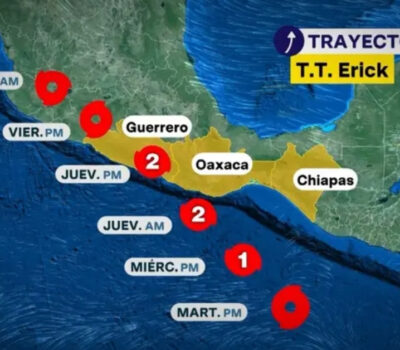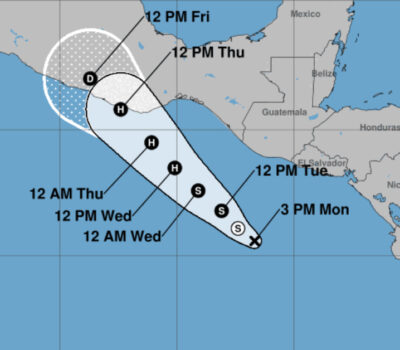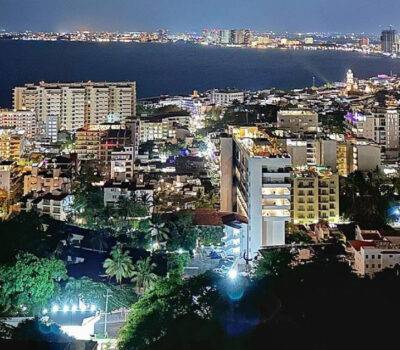Puerto Vallarta, Mexico – As the Mexican tourism industry continues its growth trajectory, tourism experts have sounded a warning about the strengthening Mexican peso, which has introduced formidable challenges to the sector. While the main tourist destinations in the country, including the picturesque Puerto Vallarta-Riviera Nayarit region, have maintained their appeal to foreign visitors, the rising peso threatens to make Mexico a more expensive destination for travelers.
Deloitte, an international professional services network headquartered in London, highlights the impact of an appreciating national currency on the tourism sector. The strengthening peso tends to increase the costs of products and services offered to foreign visitors, potentially leading to a decline in sales.
In its report titled “More Travelers, but Less Income,” Deloitte emphasizes that the peso’s appreciation, coupled with growing inflation and rising salaries, has raised the cost of talent acquisition for organizations within the tourism sector. This, in turn, has intensified competition among tourism entities to secure skilled personnel, resulting in higher staff turnover and reduced stability for the industry.
The year 2023 witnessed a significant shift in the exchange rate of the US dollar, which began to decrease from the relatively stable 19 pesos, ultimately reaching 16.89 pesos by the year’s end. This change in currency valuation added to the complexities faced by businesses in the tourism sector.
The majority of international currency inflow in Mexico is concentrated in four key regions: Quintana Roo, Puerto Vallarta-Riviera Nayarit, Los Cabos, and Mexico City. Despite these destinations maintaining their appeal, the challenges posed by a stronger peso have not gone unnoticed.
Teresa Solís, Industry Expert of Sustainable Tourism and Regional Development at Deloitte México, and Daniel Zaga, Chief Economist of Deloitte Spanish Latin America, underscore the rising cost of talent as a pressing concern for the industry. They note that the downward trend in productivity in recent years suggests that talent costs may present even greater challenges in the future.
Furthermore, the robust peso has created opportunities for Mexico’s direct competitors as tourist destinations. These competitors, backed by substantial international promotion efforts, have attracted the attention of travelers who, under more favorable exchange rates, may have preferred Mexico. This shift in preference highlights the importance of maintaining competitiveness in the global tourism market.
In the latest Travel and Tourism Development Index prepared by the World Economic Forum, Mexico emerges as the second most competitive country in Latin America in terms of tourism industry development, ranking 40th globally, just behind Chile at the 34th position. This underscores the significance of addressing the challenges posed by a strengthening peso to ensure Mexico’s continued appeal to international travelers.
As the tourism industry navigates these economic complexities, Puerto Vallarta-Riviera Nayarit and other Mexican destinations remain committed to offering exceptional experiences to visitors, while industry stakeholders work to address the challenges brought about by currency fluctuations and increased talent costs.
Puerto Vallarta, Mexico - As the Mexican tourism industry continues its growth trajectory, tourism experts have sounded a warning about the strengthening Mexican peso, which has introduced formidable challenges to the sector. While the main tourist destinations in the country, including the picturesque Puerto Vallarta-Riviera Nayarit region, have maintained their appeal to foreign visitors, the rising peso threatens to make Mexico a more expensive destination for travelers.












